In January 2014, I was an instructor at the Northern Tier High Adventure's Cold Weather Leader Training Program (“CWLT”) at the Charles L. Sommers camp on the edge of the Boundary Waters Canoe Area on the Minnesota-Canada border. I grew up camping year round in Scouts, and I went through the CWLT as a participant a few years ago. As an avid Winter camper to this day, I was really excited when I was asked to be an instructor in the Okpik CWLT program.
This Winter camping program was developed in the early 1970s by Sandy Bridges, an innovative camp director. Sandy put a great deal of energy and passion into the program, including collaboration with the U.S., Canadian, and Scandinavian military and Scouting organizations. Legendary outdoorsmen, including Bob Cary, Mors Kochanski, and Lars Falt, visited the base to help work with Sandy to develop the Winter program.
The CWLT program is a "Train the Trainer" event with Scout leaders from across the country attending to learn cold weather camping skills and also learn various techniques for implementing a cold weather program in their region. Northern Tier's location and program is an incredible place anytime of year, but the experienced, diehard group of outdoor leaders who come together for this event really make it special! I had the chance to meet and learn from experienced mountaineers, military arctic warfare survival instructors, professional mushers and guides, as well as dozens of other people with great experience.
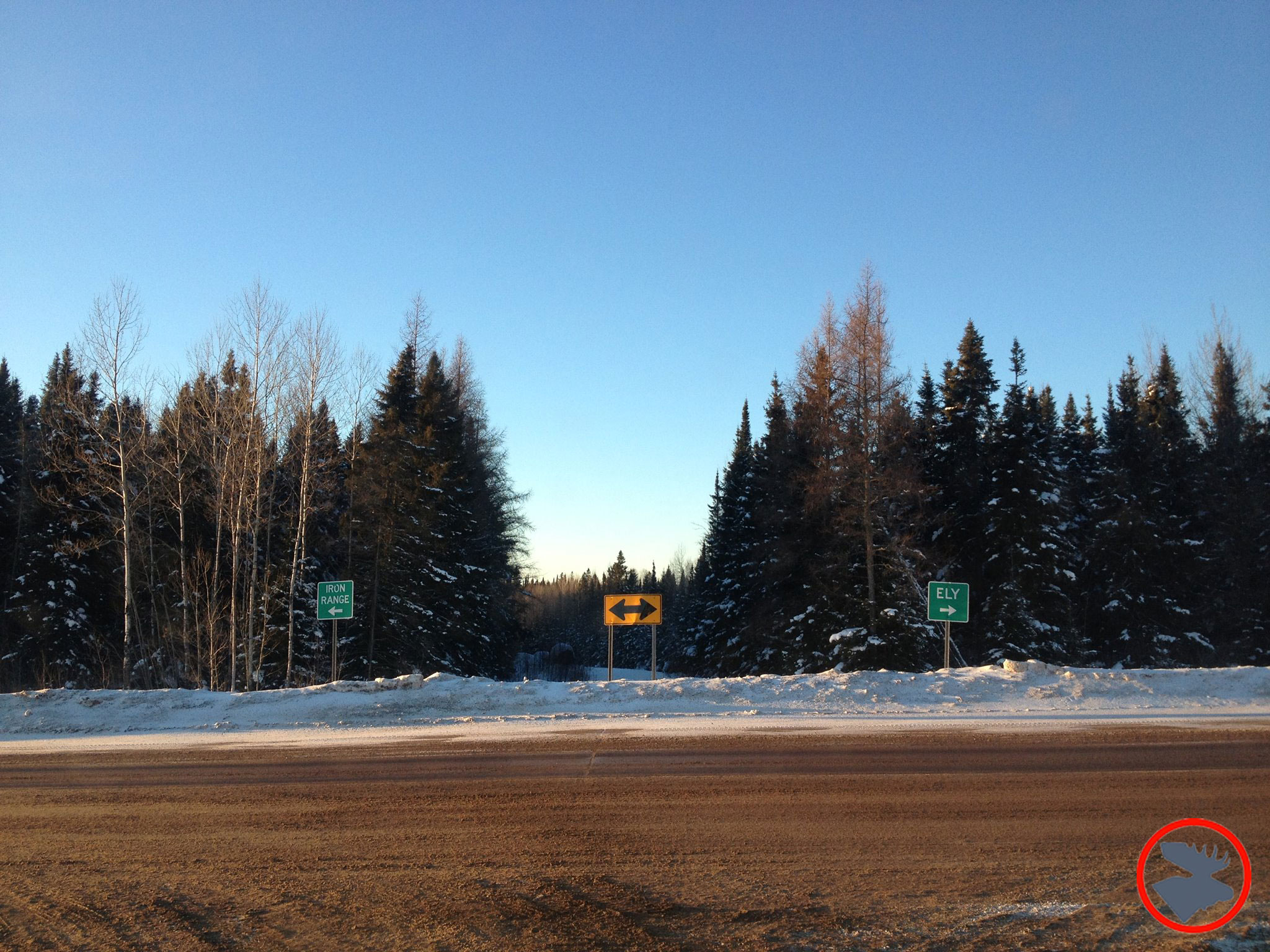
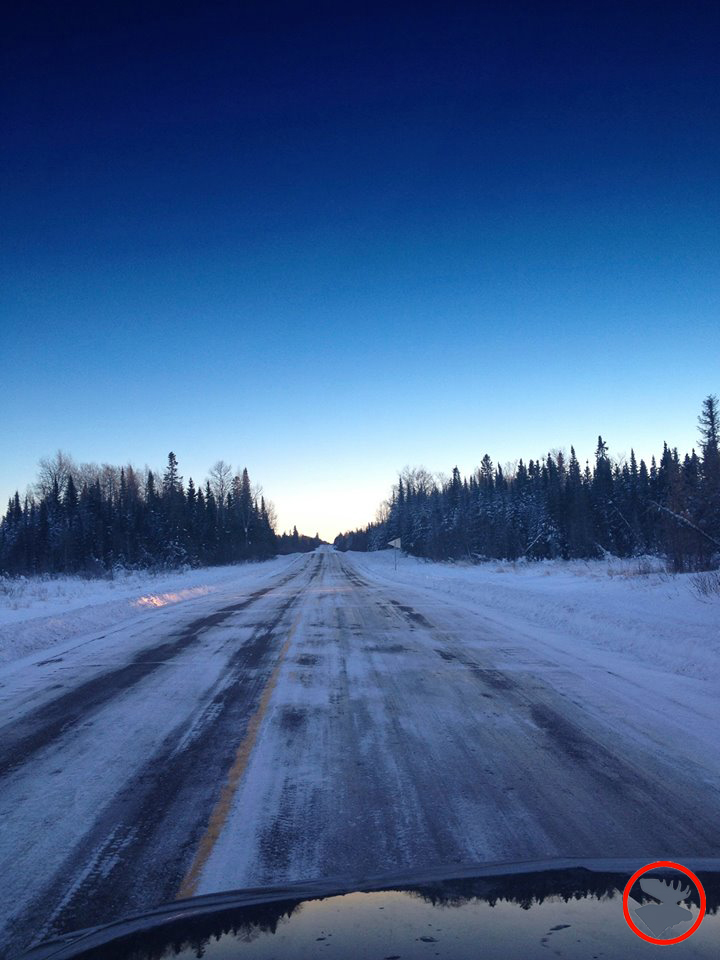
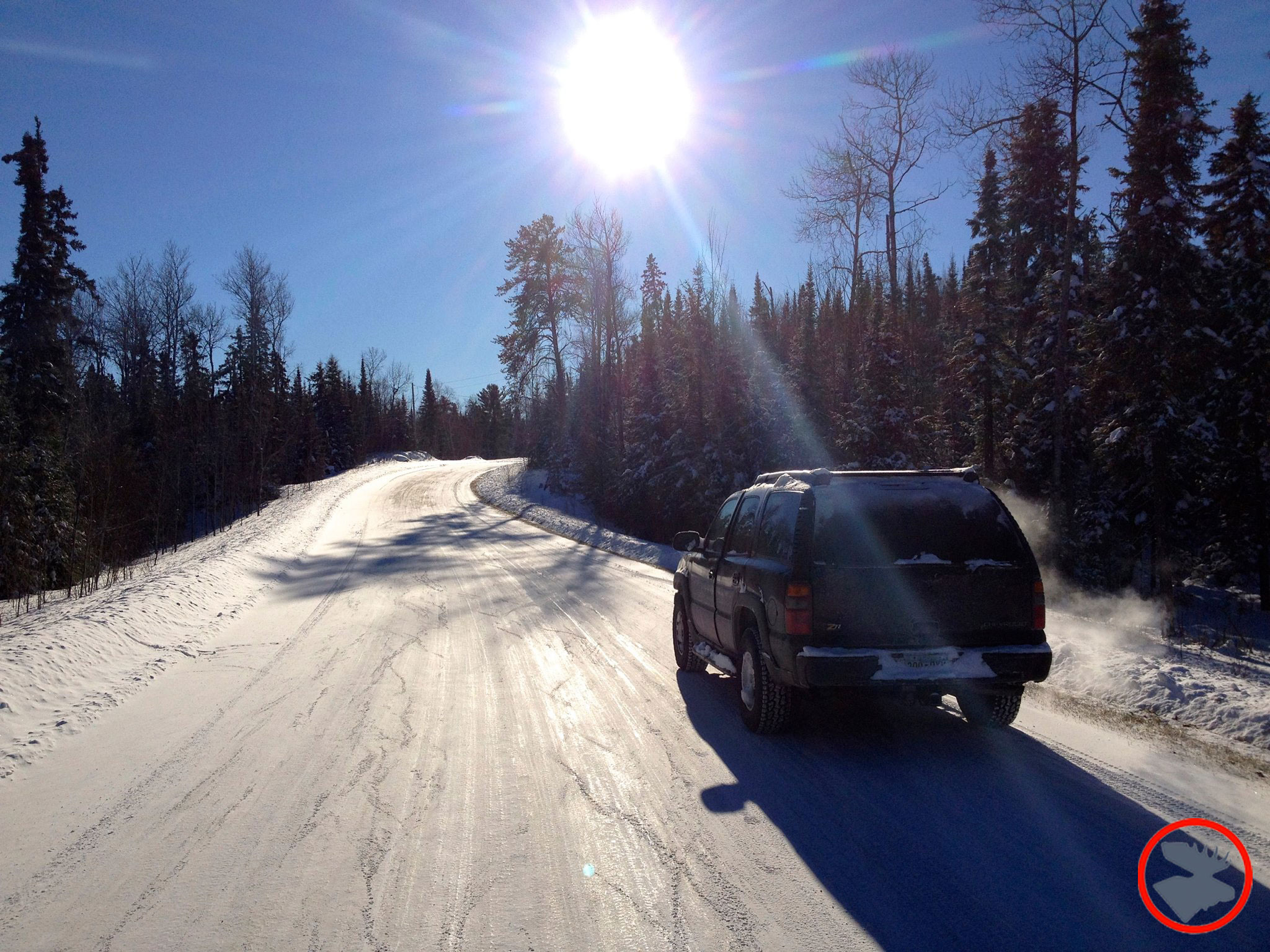

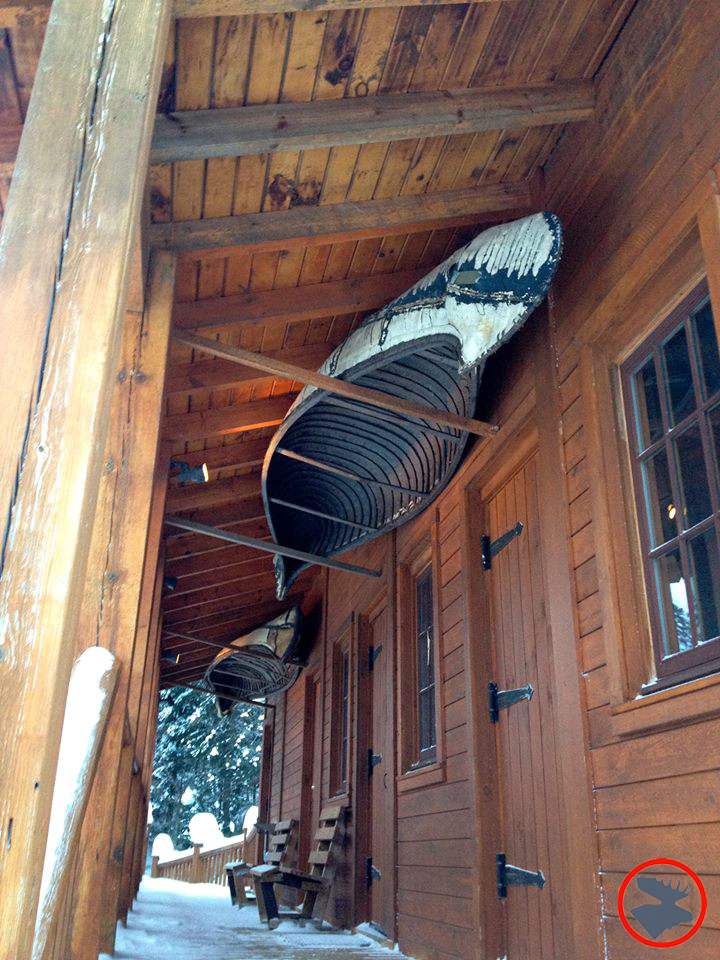

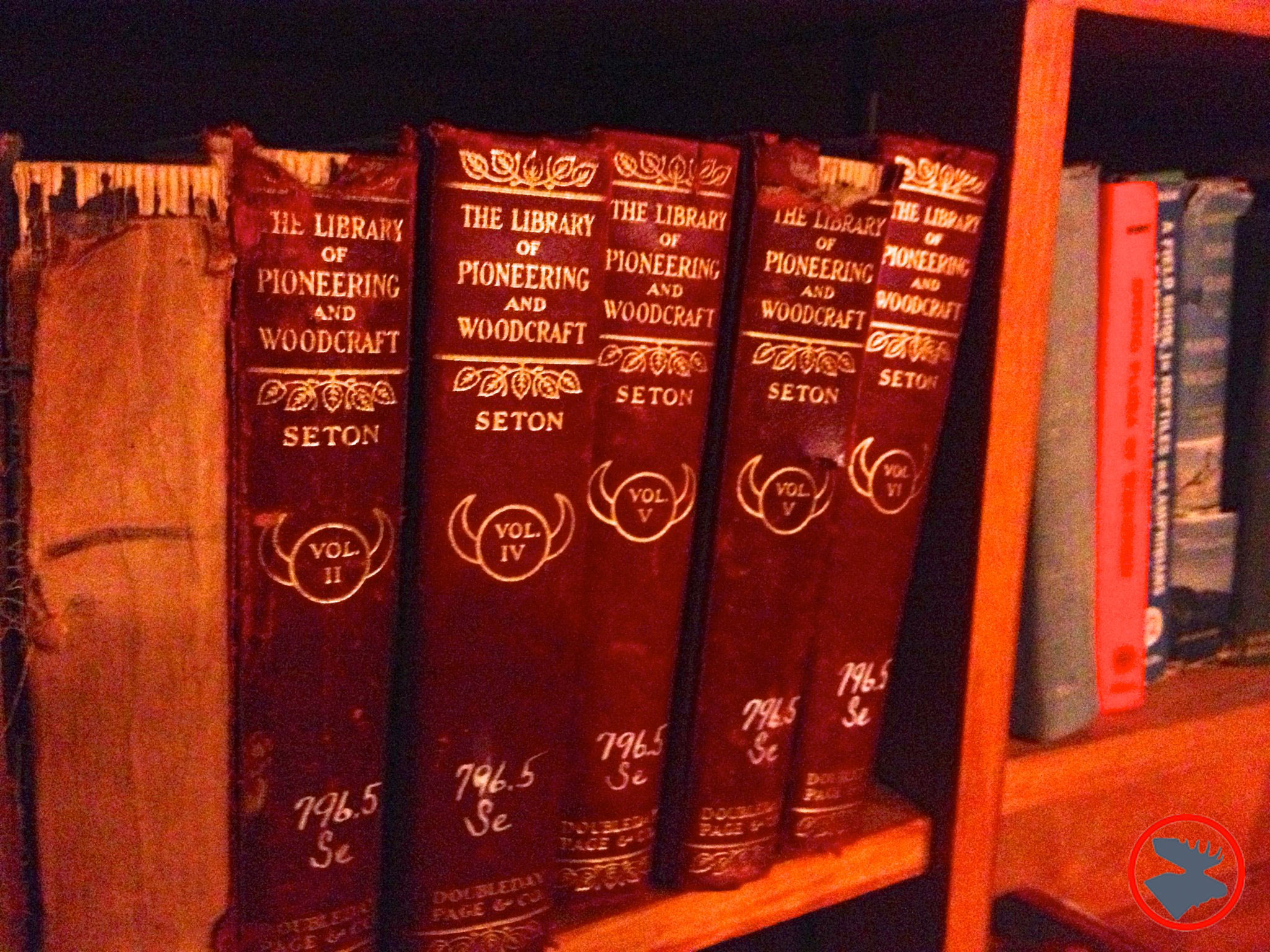
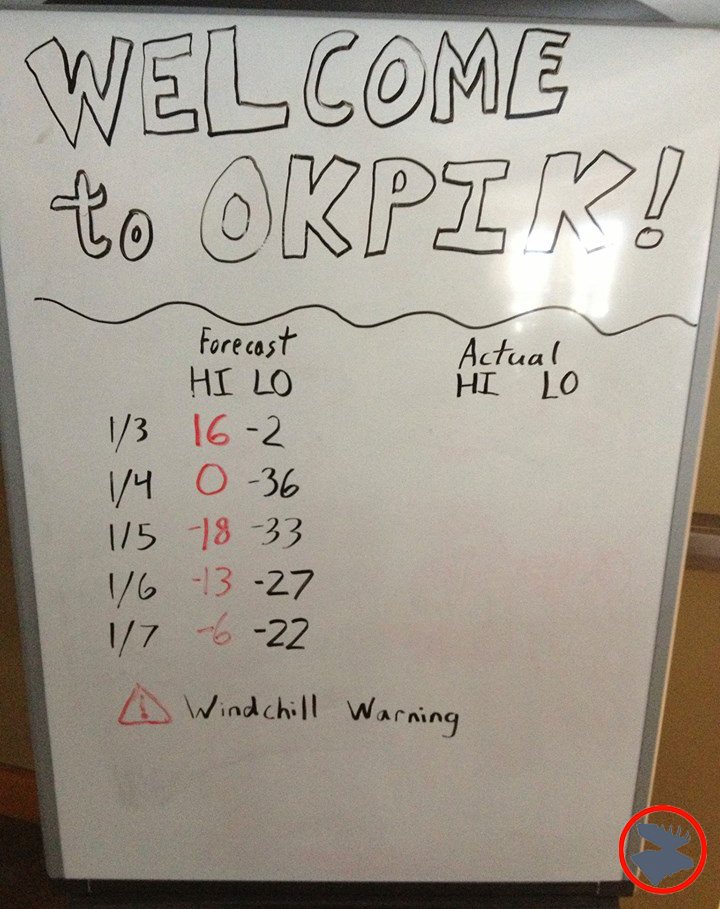
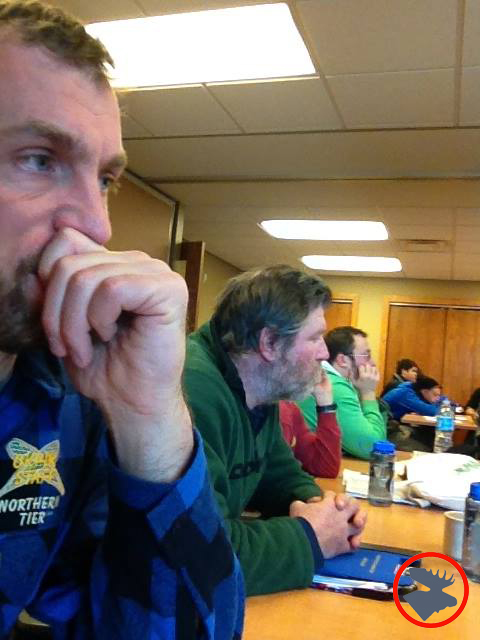
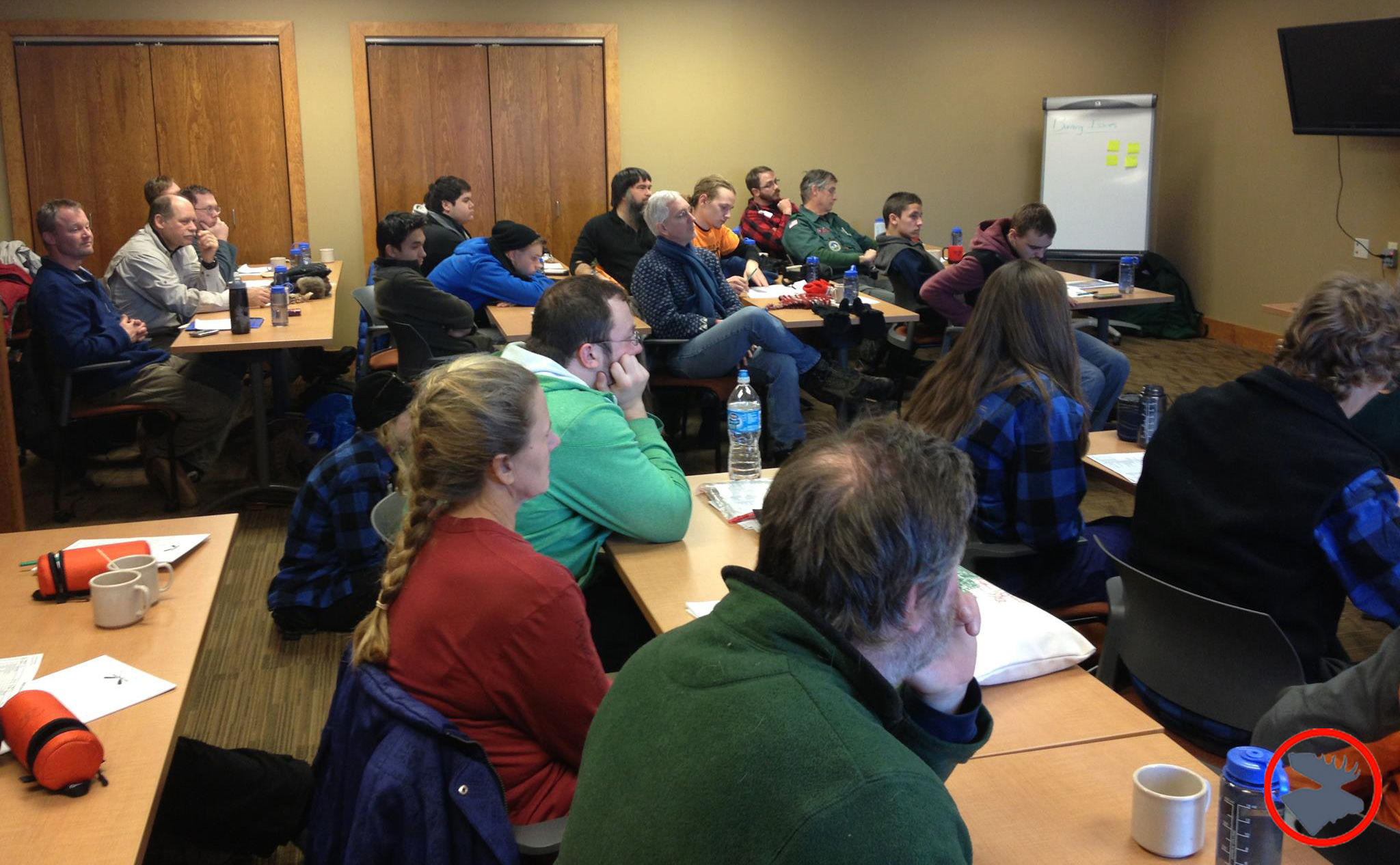
Okpik Instruction
This year, classroom learning sessions included challenges of cold weather, dress and sleep systems, homeostasis, diet, cold weather injuries, shelters, gear selection, provisioning and gear selection, winter essentials, and survival. The after-action wrap-up included a goals session where participants laid out plans for follow-up work.
In the field, the learning continued with sessions on cross country skiing and snowshoeing, dog sledding, and navigating challenging water, cooking, and the other daily activities when it's 30 below zero!
Due to the extremely low temperatures (the temperature was -37.5F and the windchill was -70F!) while Okpik was in session, this was a very challenging CWLT session. The Governor of Minnesota cancelled all schools in the state while we were at Okpik, but we defied his orders and carried on. Jim Varcho, a 27-year Okpik participant, said this was his coldest session yet! At that moment, outside of a small region in Siberia, Ely, MN was the coldest place on earth! Even so, we did complete our trek into the Superior National Forest, and successfully completed the field school. Safety was our #1 priority, and we were constantly on the watch for frost bite and hypothermia.
The Okpik Way
The Okpik system is well thought out and works, but it is not necessarily the easiest or most comfortable style of Winter camping. For example:
For safety reasons, the Boy Scouts of America organization is dead set against flames in tents, which rules out the use of wood-burning stoves in wall tents or other types of heaters. For many of my personal, non-BSA Winter trips, I use my Snowtrekker canvas tent with a wood burning stove, which is a warm, dry, and comfortable way to camp. I've also spent many Winter nights using bushcraft and survival techniques, such as fire-heated lean-tos, which is also more comfortable on the bitterly cold nights.
The Scouts are also very concerned about environmental impact. Given the number of people who travel through the Superior National Forest and Boundary Waters Canoe Area, they discourage having large open fires as well; instead, relying on good food, proper dress, and high levels of activity to warm from you from the inside out.
Scouts are also thrifty. It is rare to see them decked out in top-of-the-line modern outdoor gear.
There are valuable skills to be learned from different styles of Winter camping, and some skills are more appropriate than others depending on the area or type of trip, but, generally, if you can learn to stay warm and have a good time without external heat, everything is easier from there.
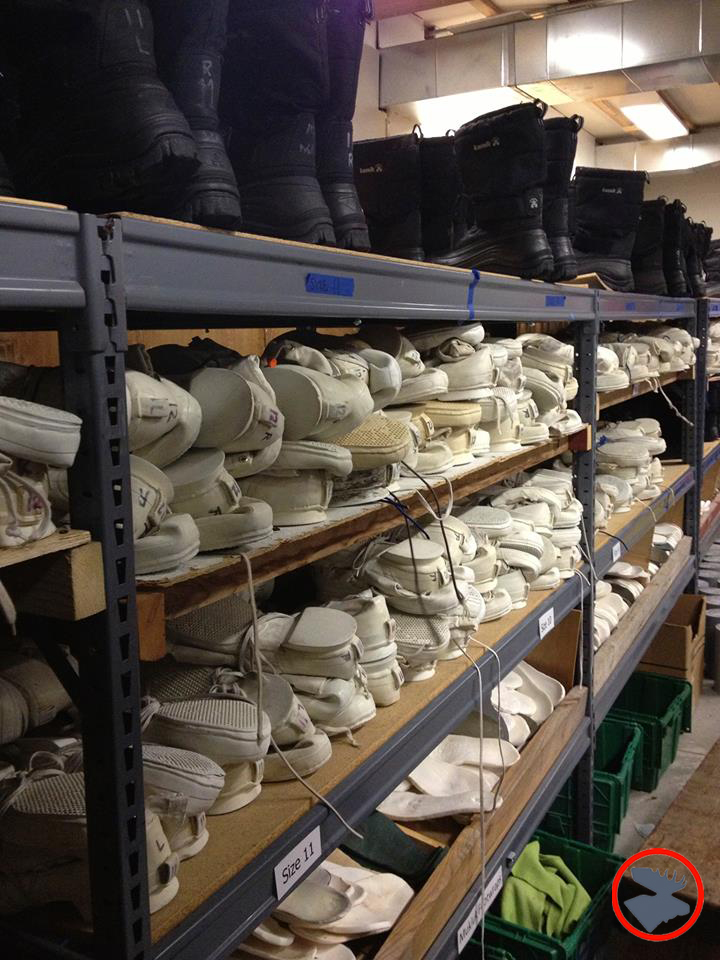
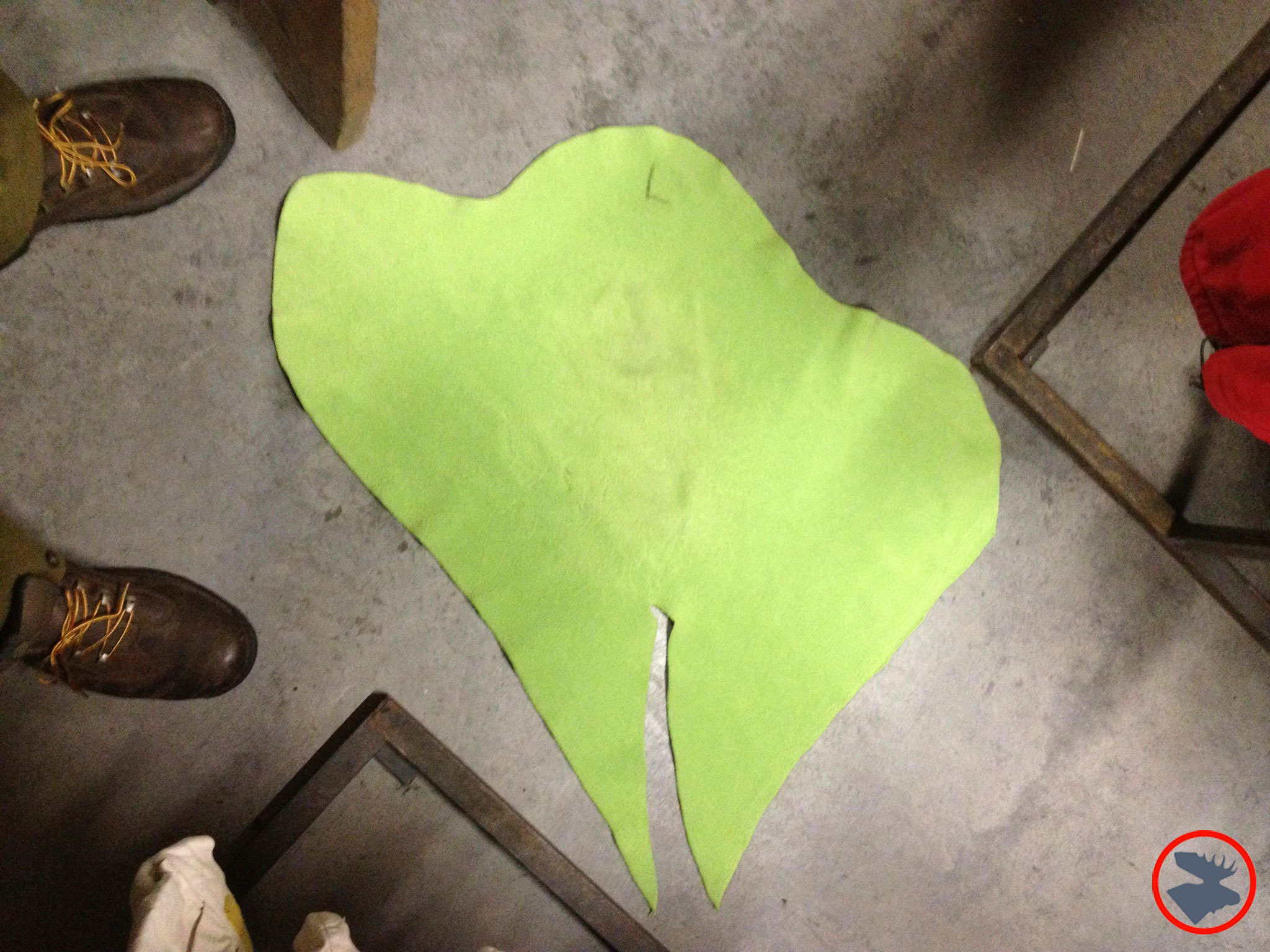
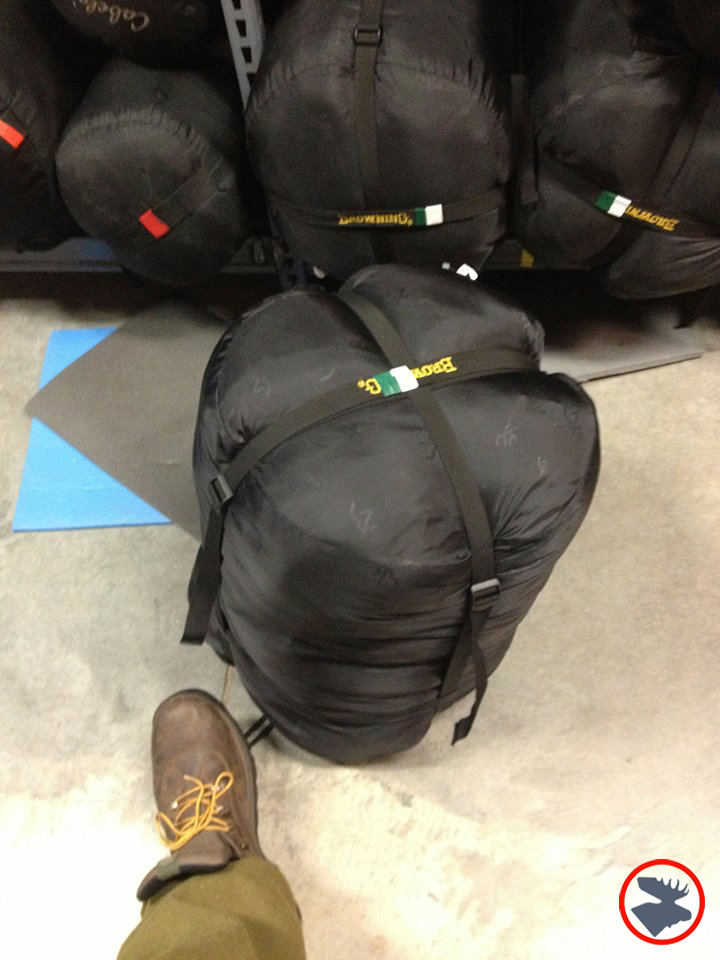
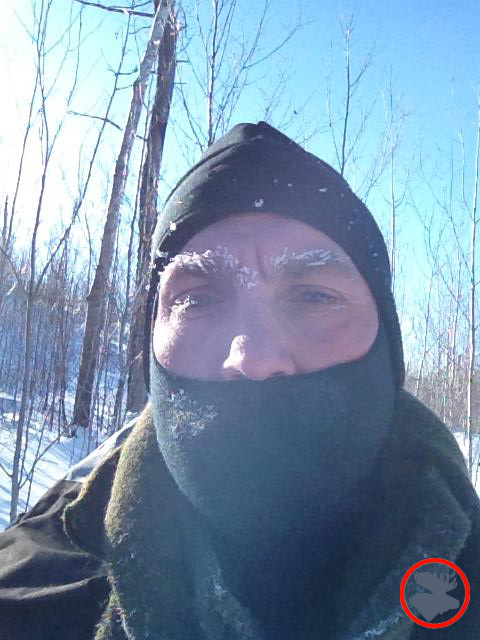
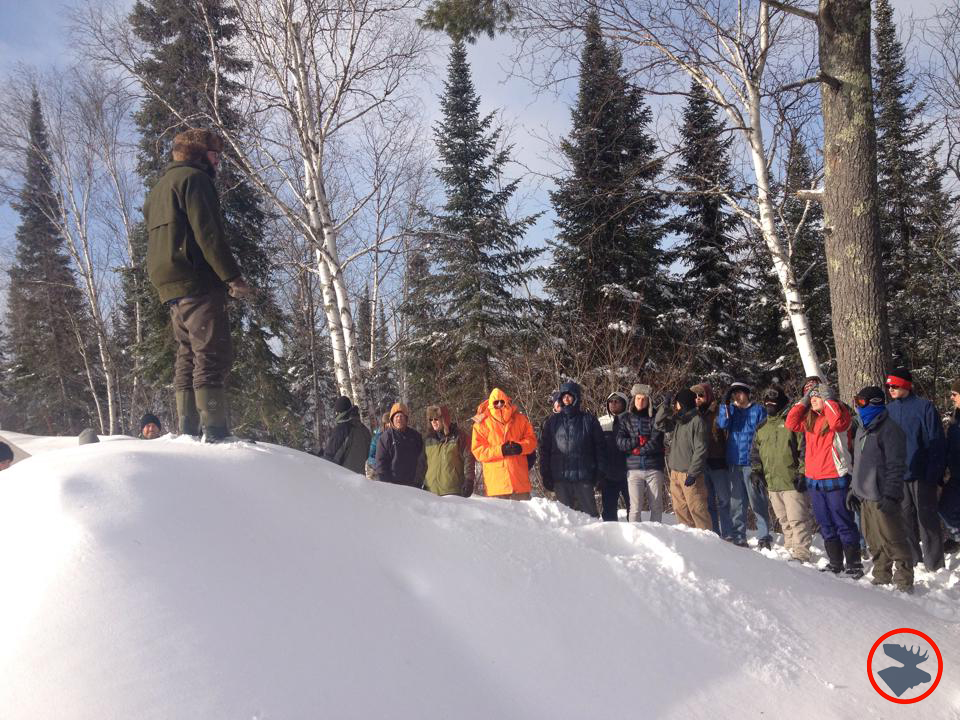

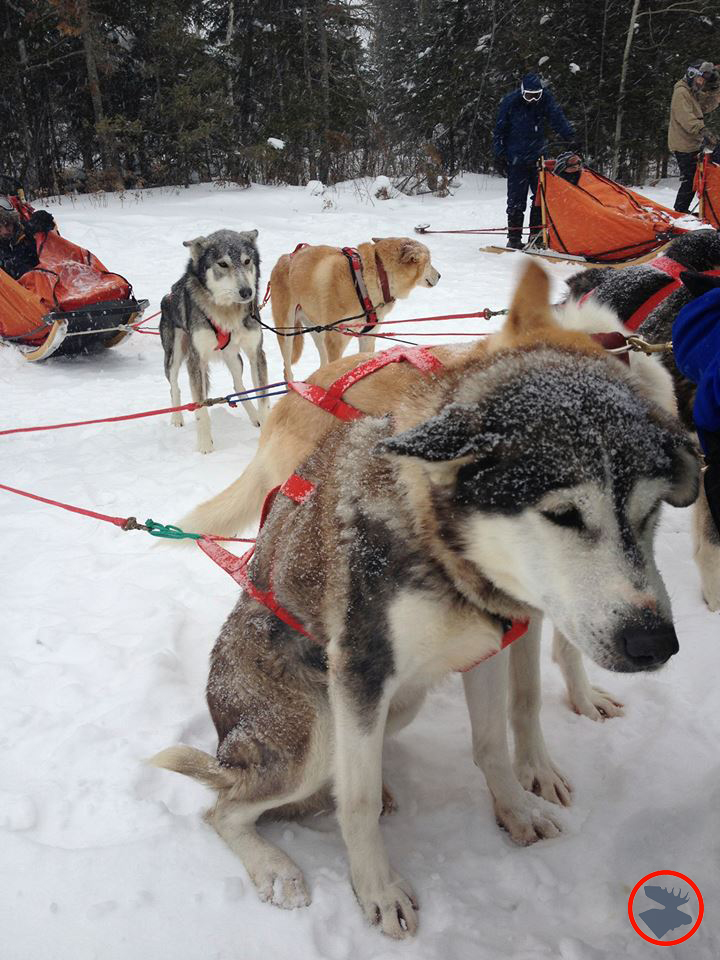
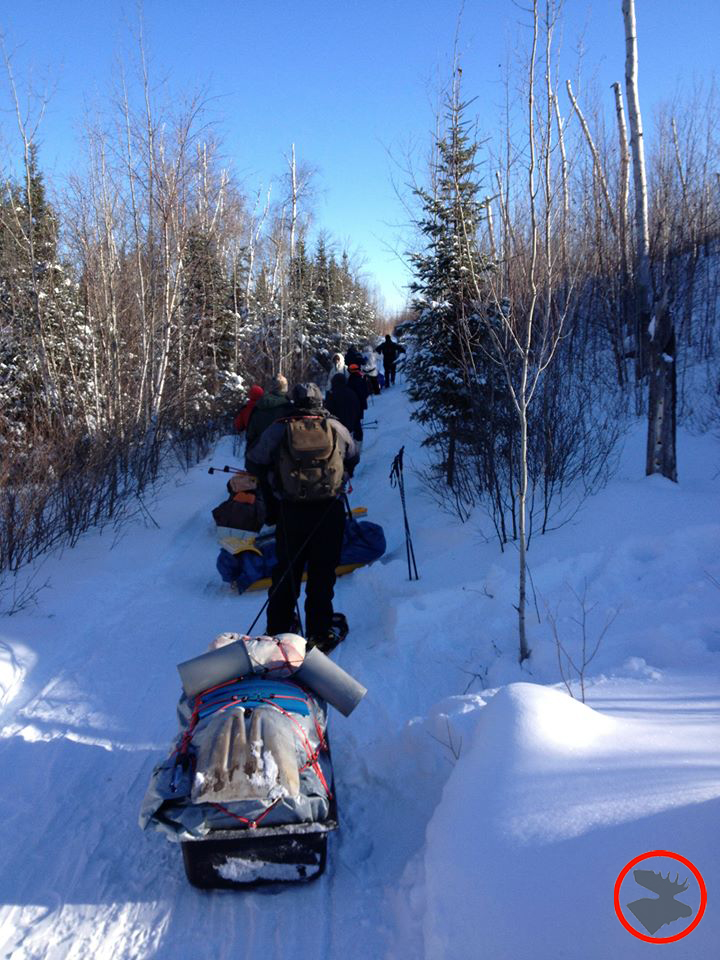
Quinzhee building at Okpik Cold Weather Leader Training in northern Minnesota.
Quinzhees (a type of snow shelter where snow is piled up, allowed to harden, then tunneled out) are a standard of the Okpik program. It takes a lot of work to build one, and there are plenty of design nuances, but they can be much warmer than sleeping exposed to the elements or in an unheated tent. Even though the windchill was about -70F, I was downright hot buried in my sleep system in the quinzhee we made at Okpik!
I would highly recommend the Okpik program to anyone looking for great Winter outdoor skills training, as well as a challenging trek through the incredible northwoods in Winter.

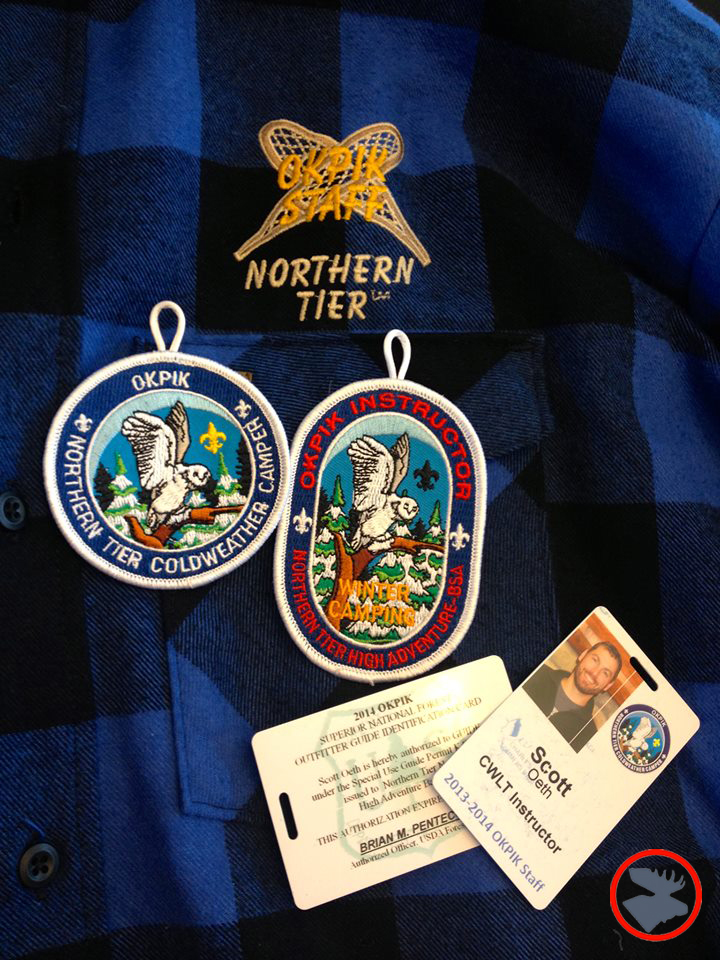
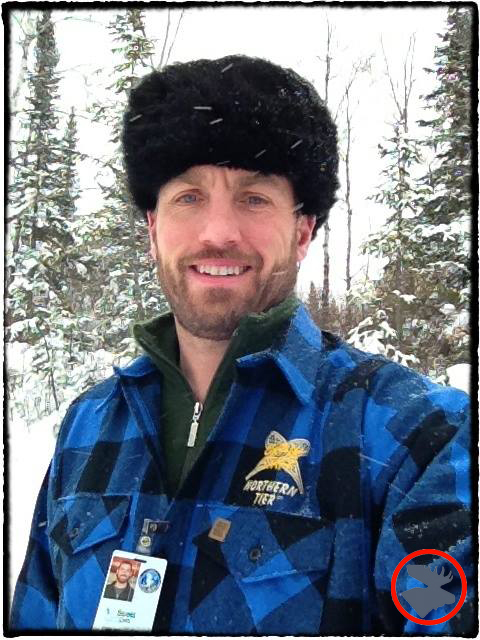


The temps are expected to drop to negative numbers this weekend—perfect weather for Winter Camping School at Camp Tomahawk! If you're a Scouter looking for new Winter camping skills, check out the BSA's Winter Camping School!